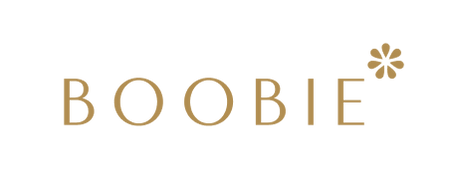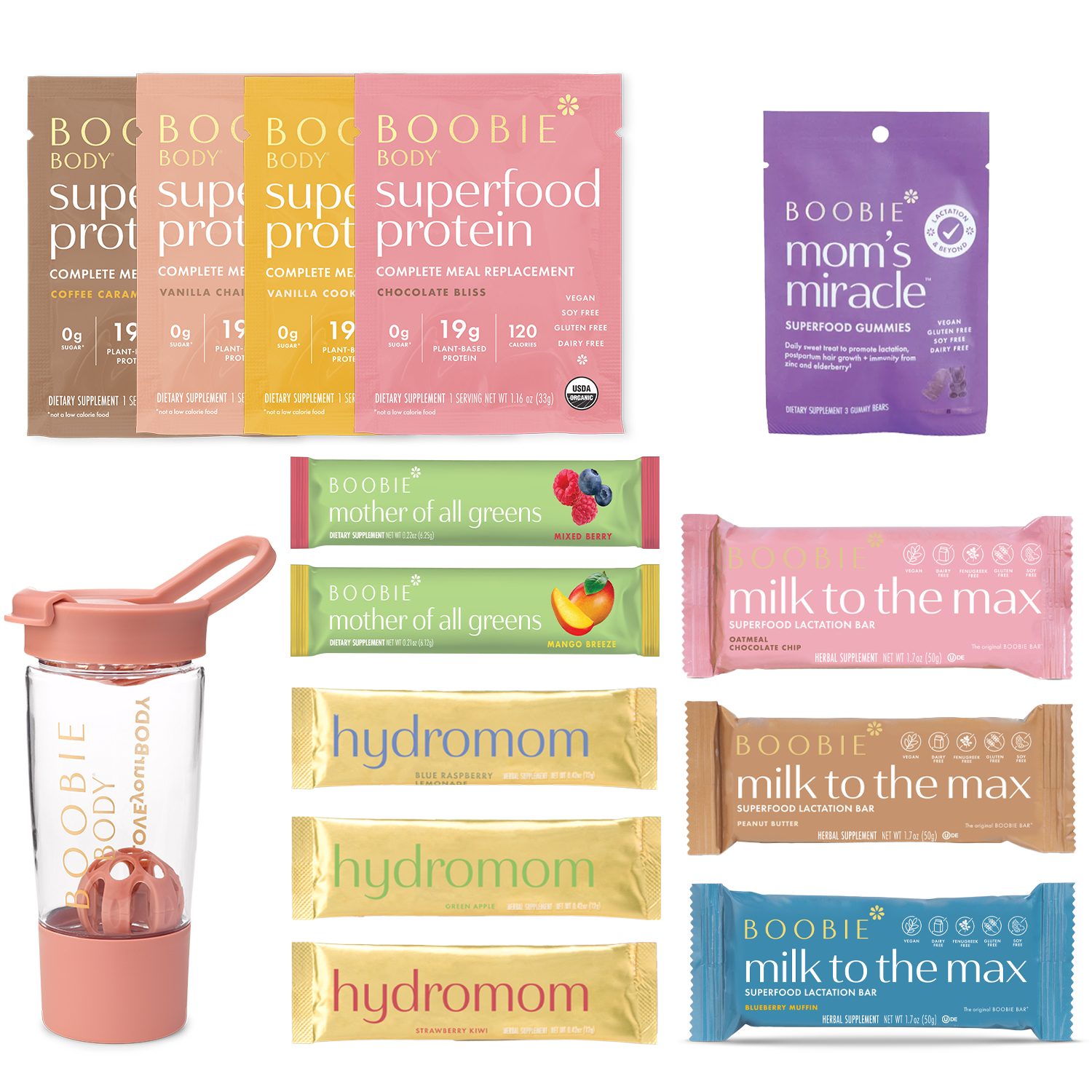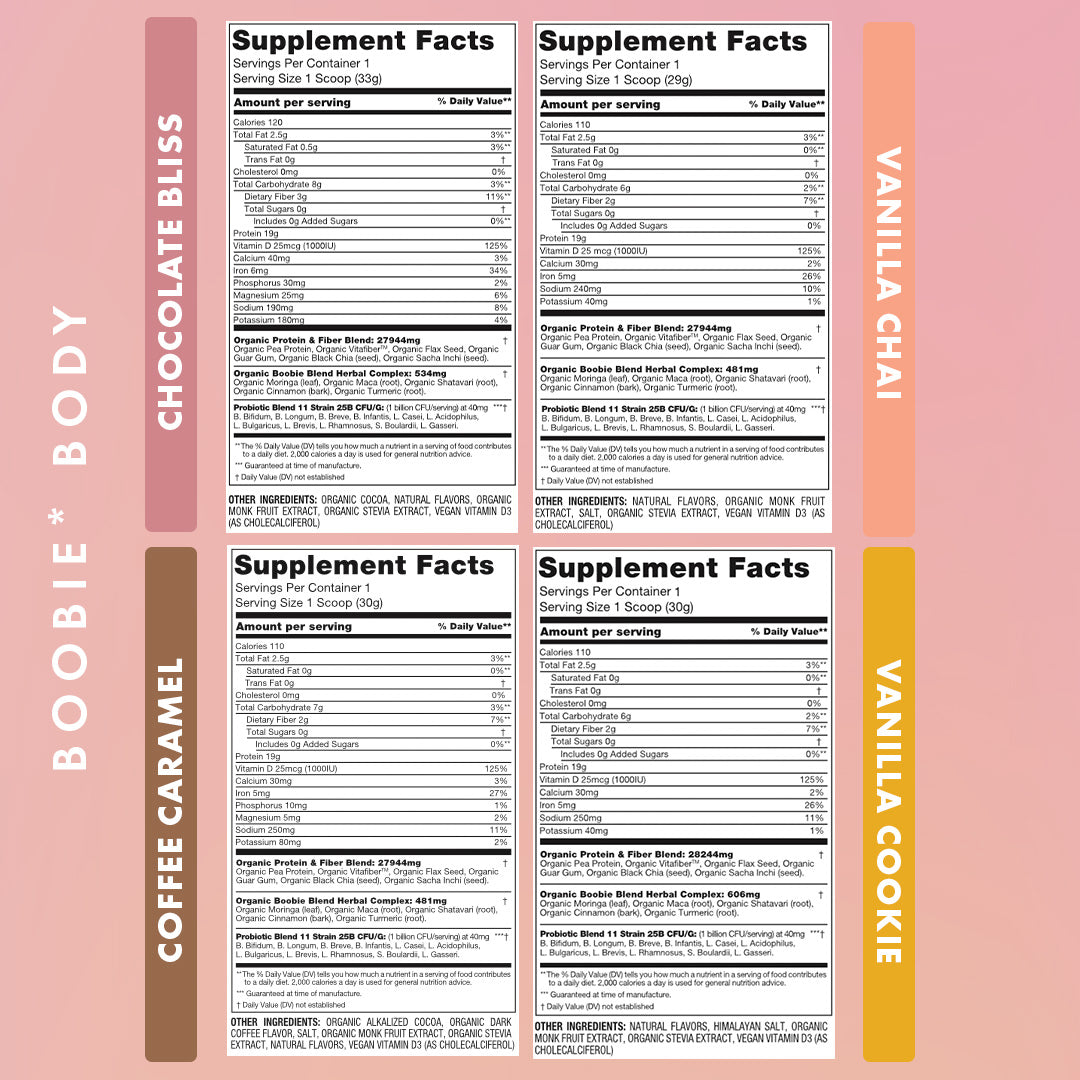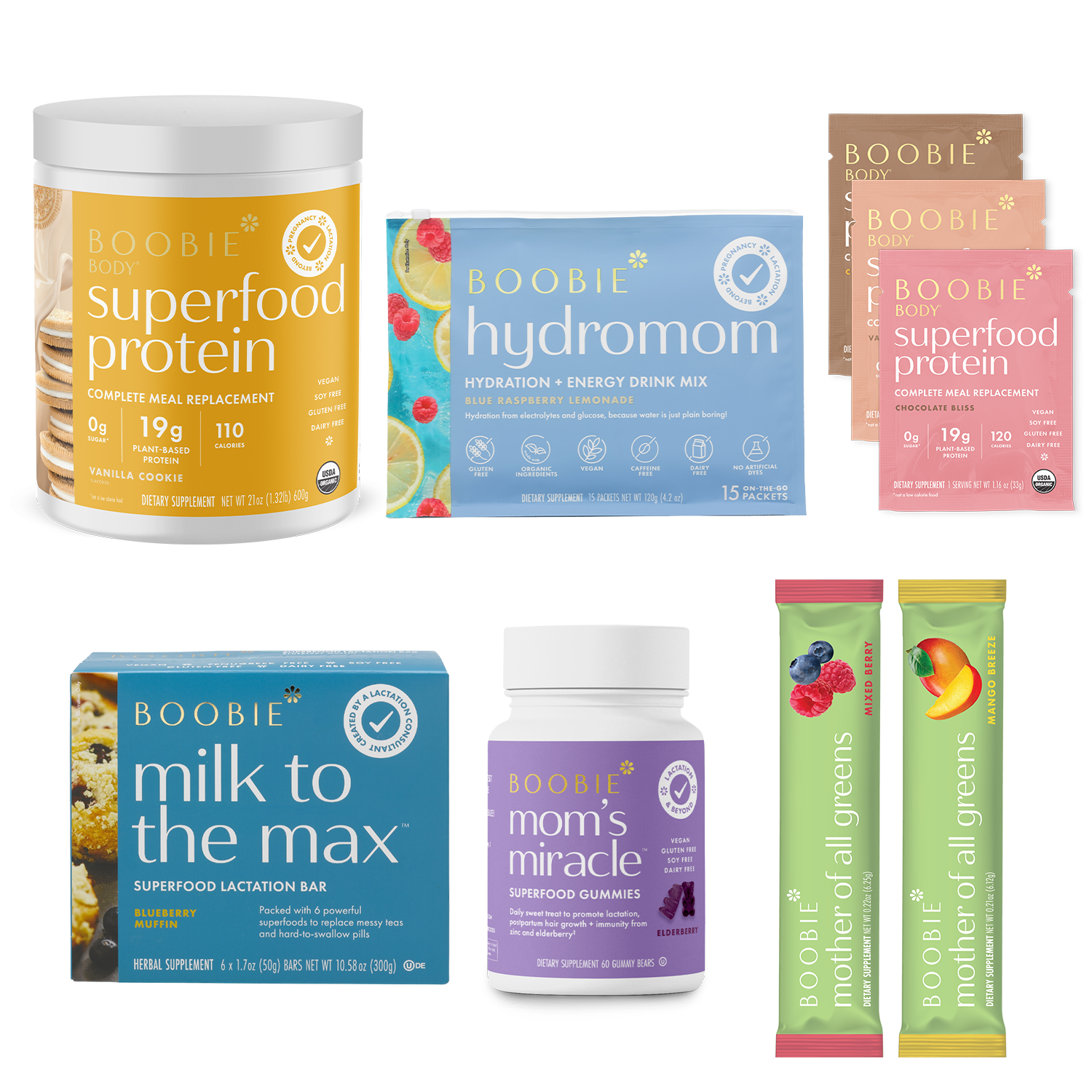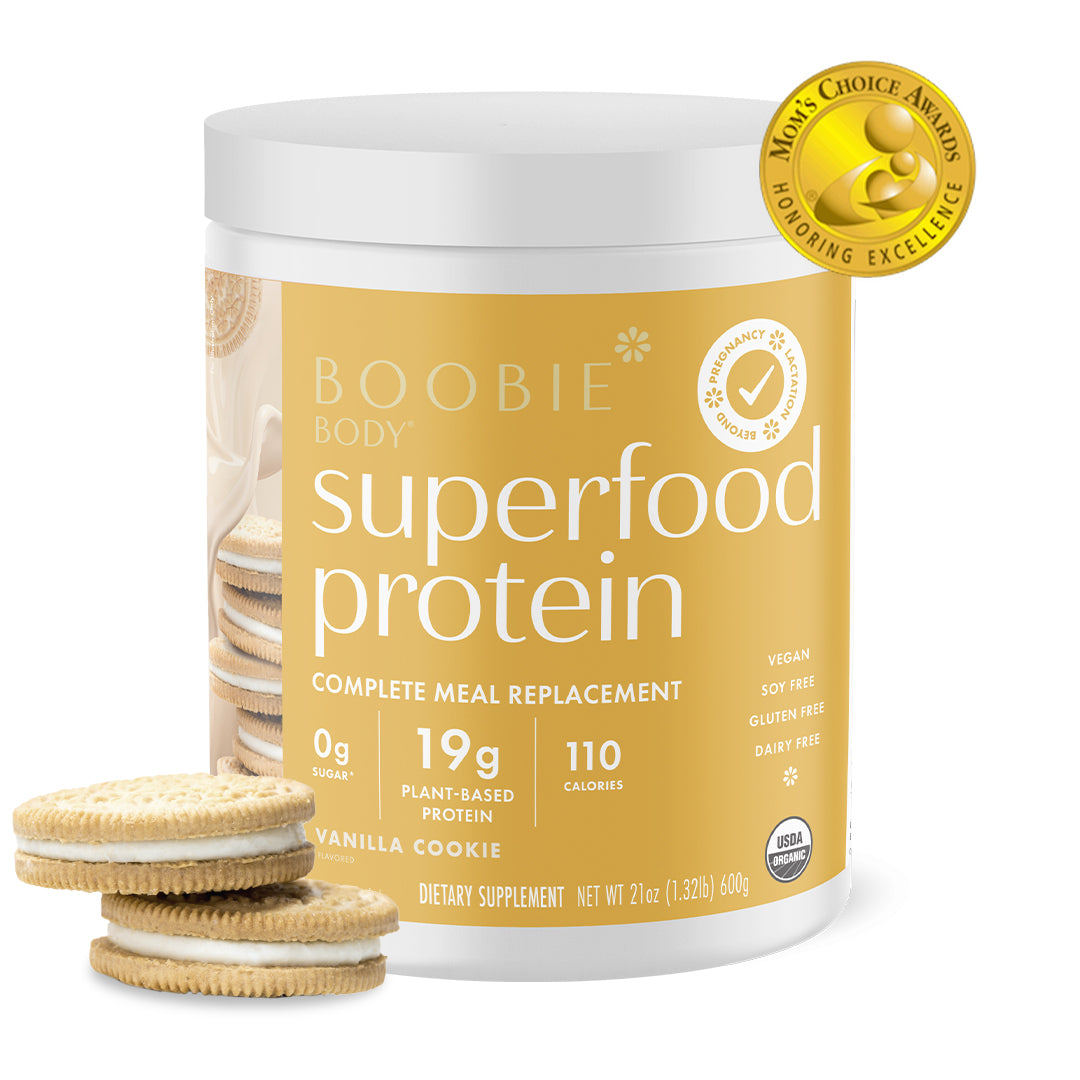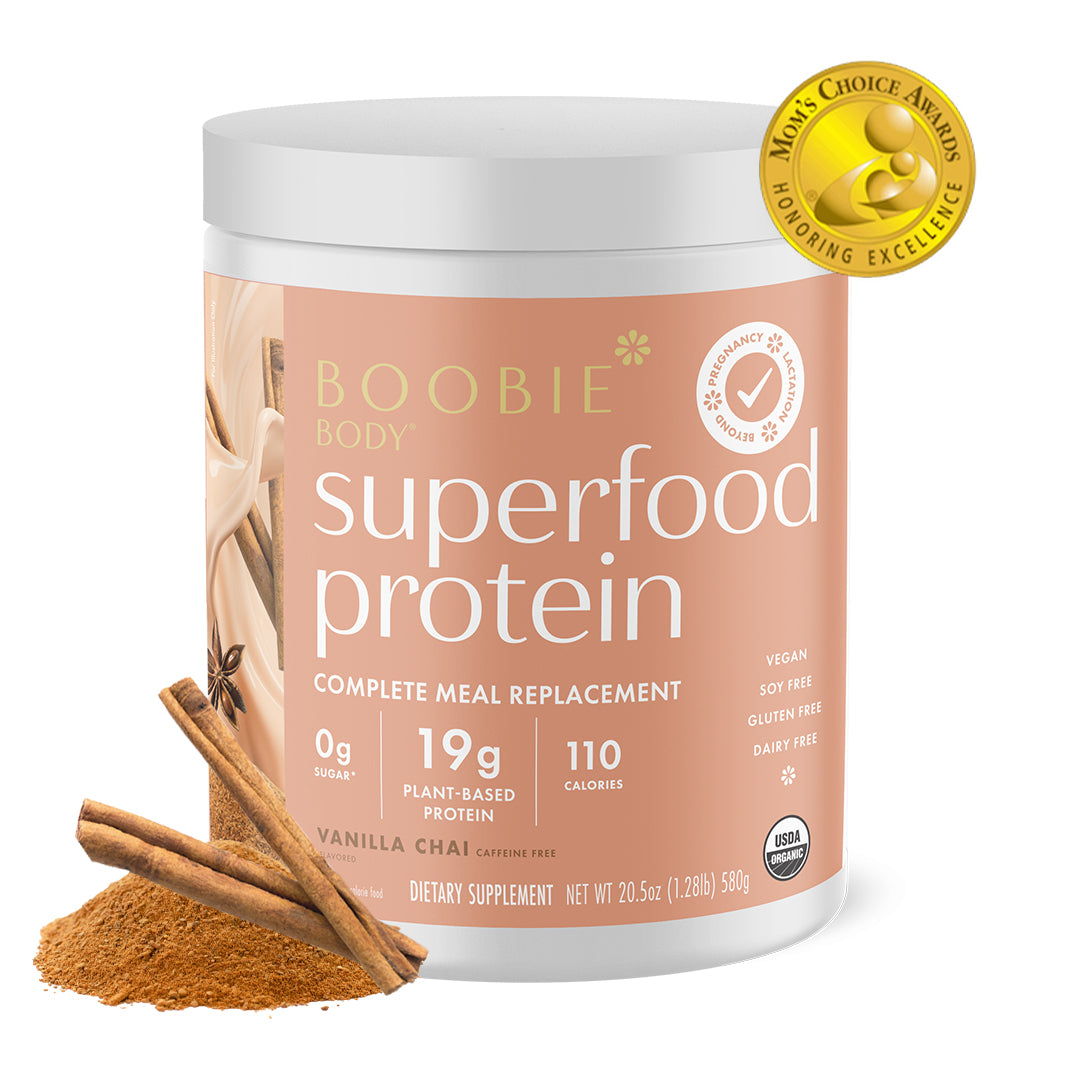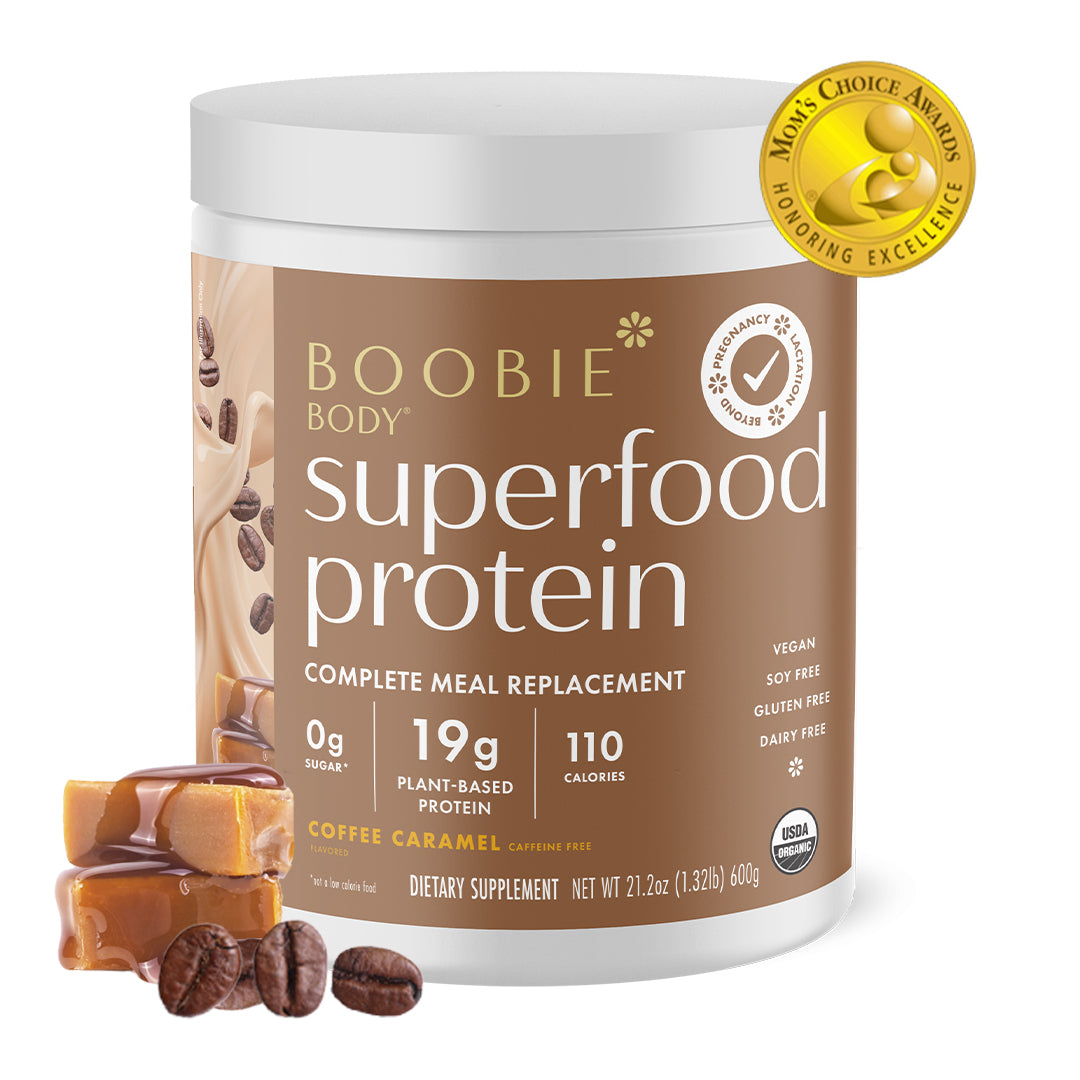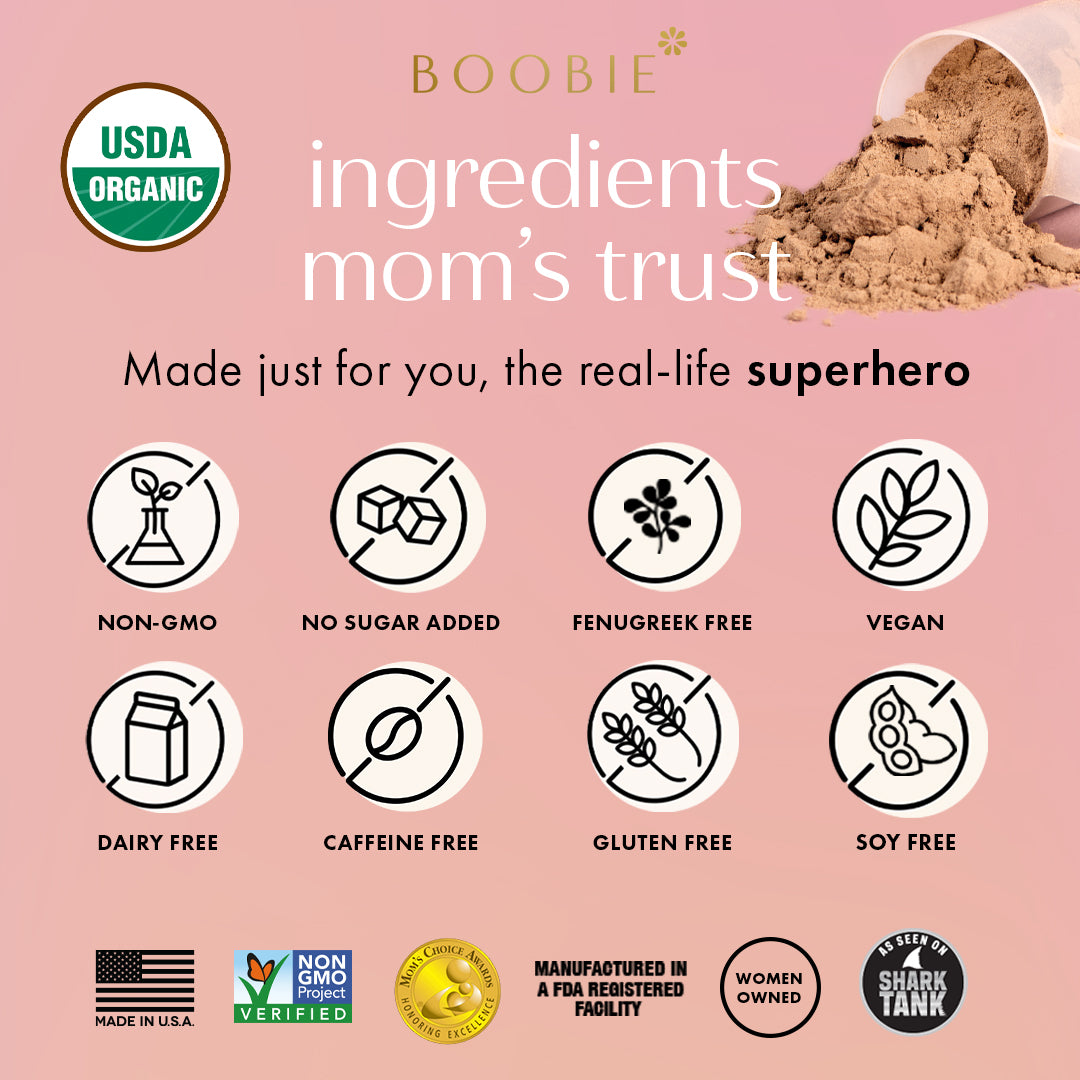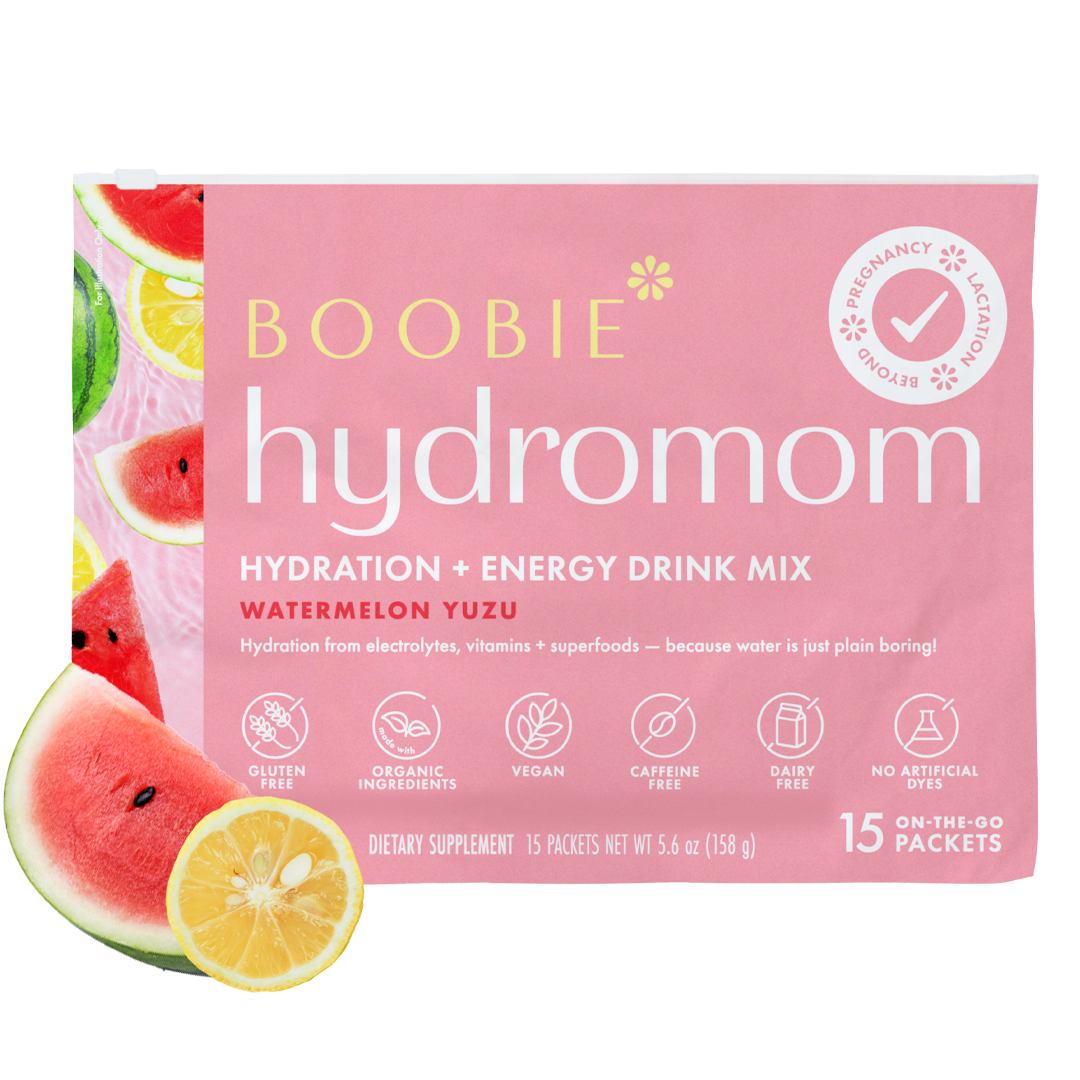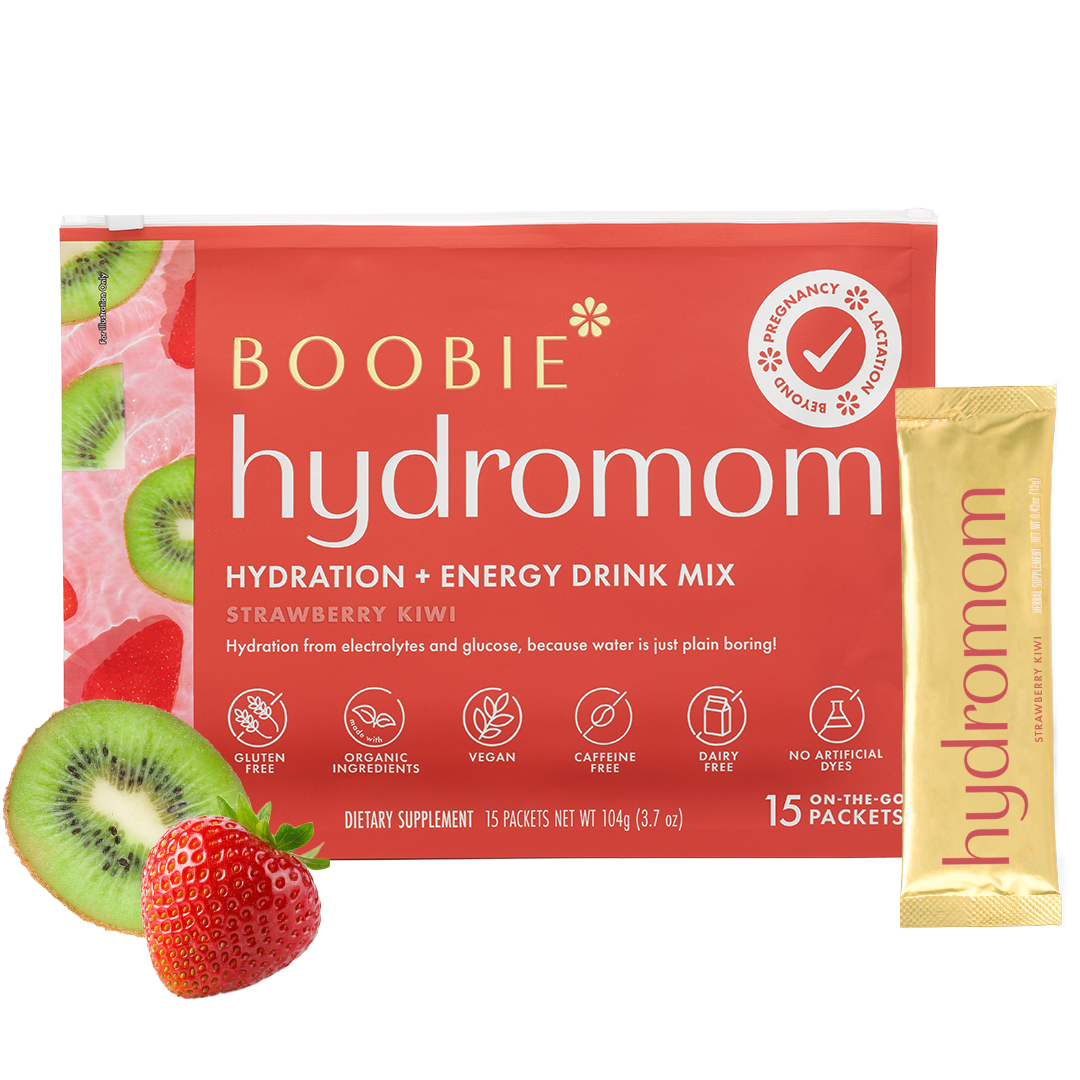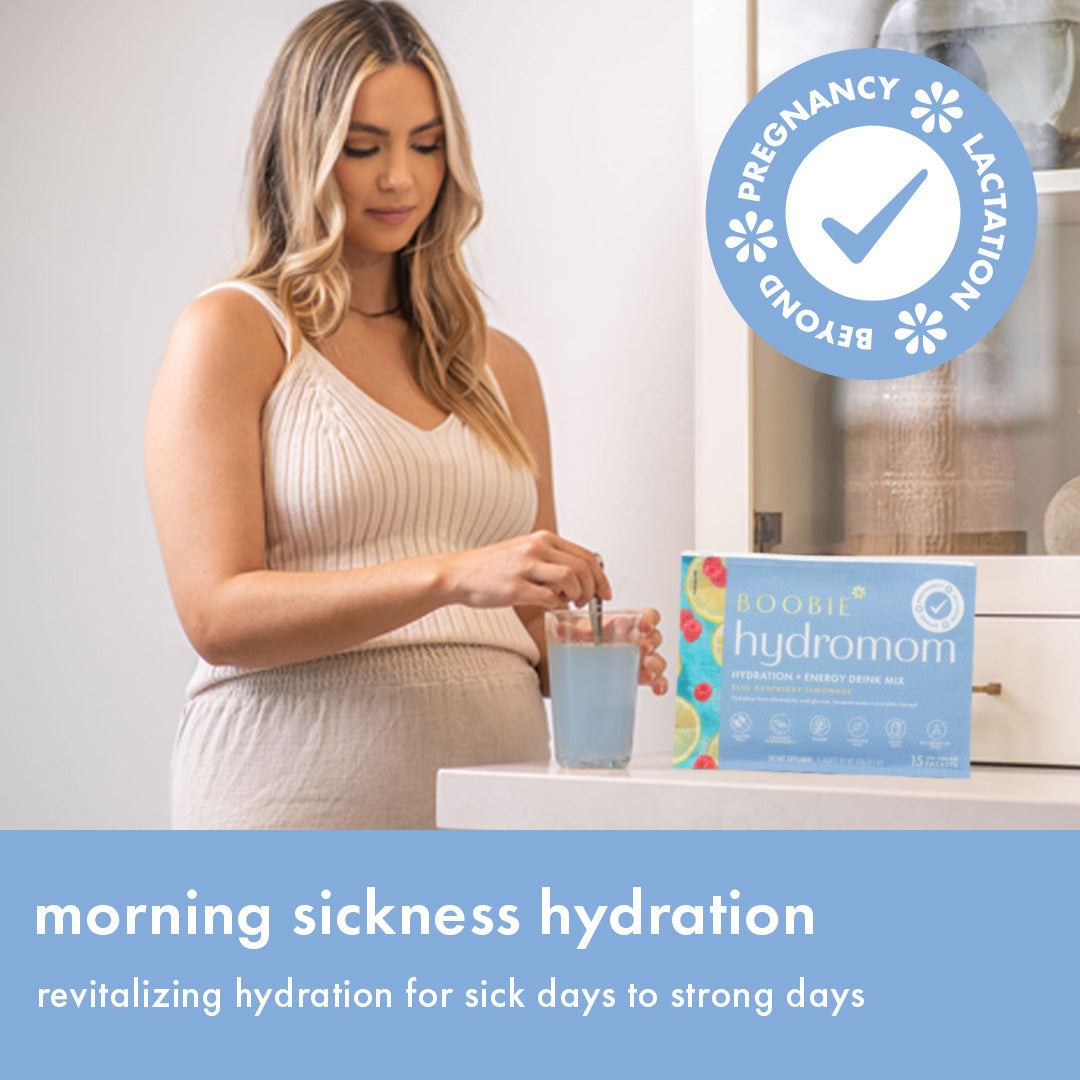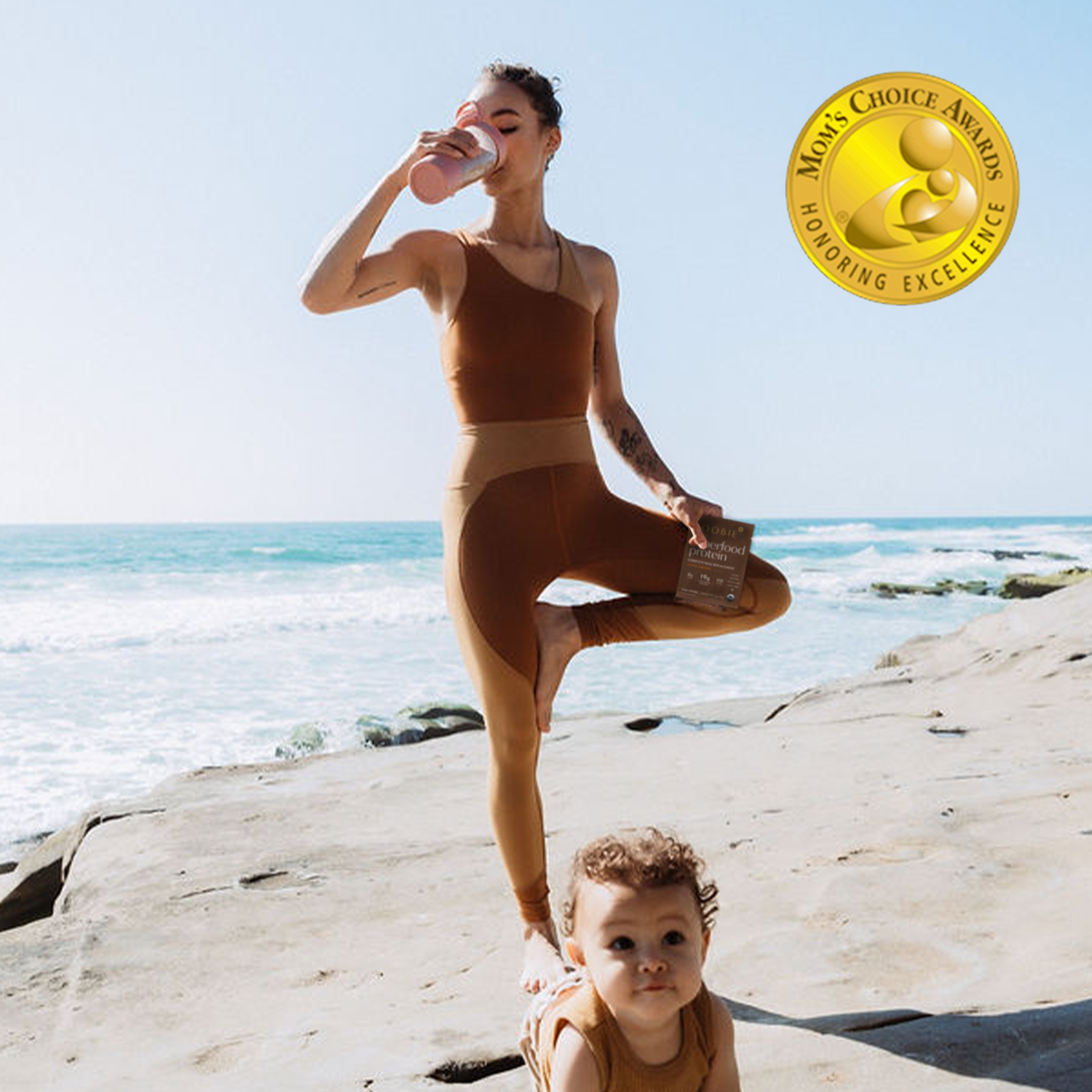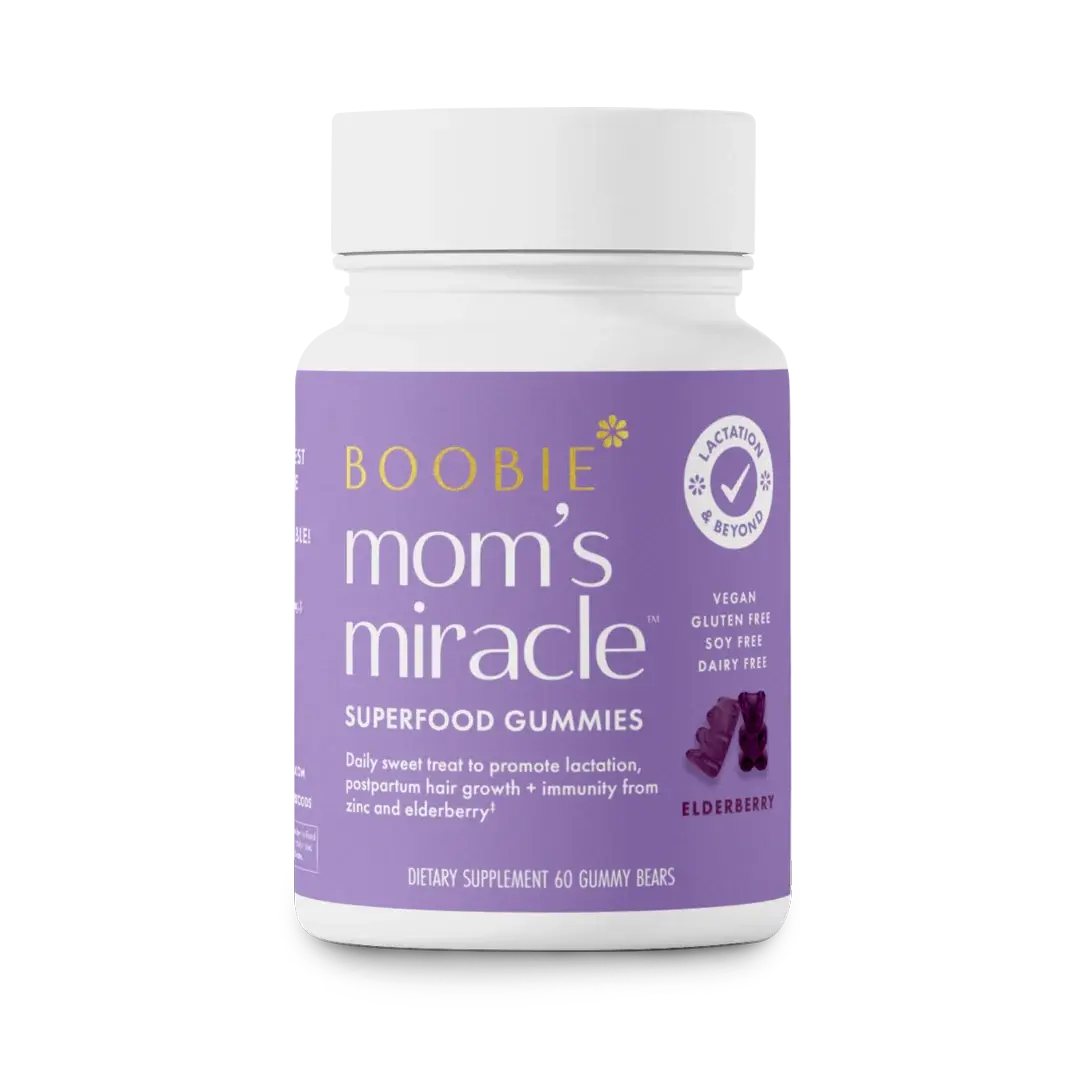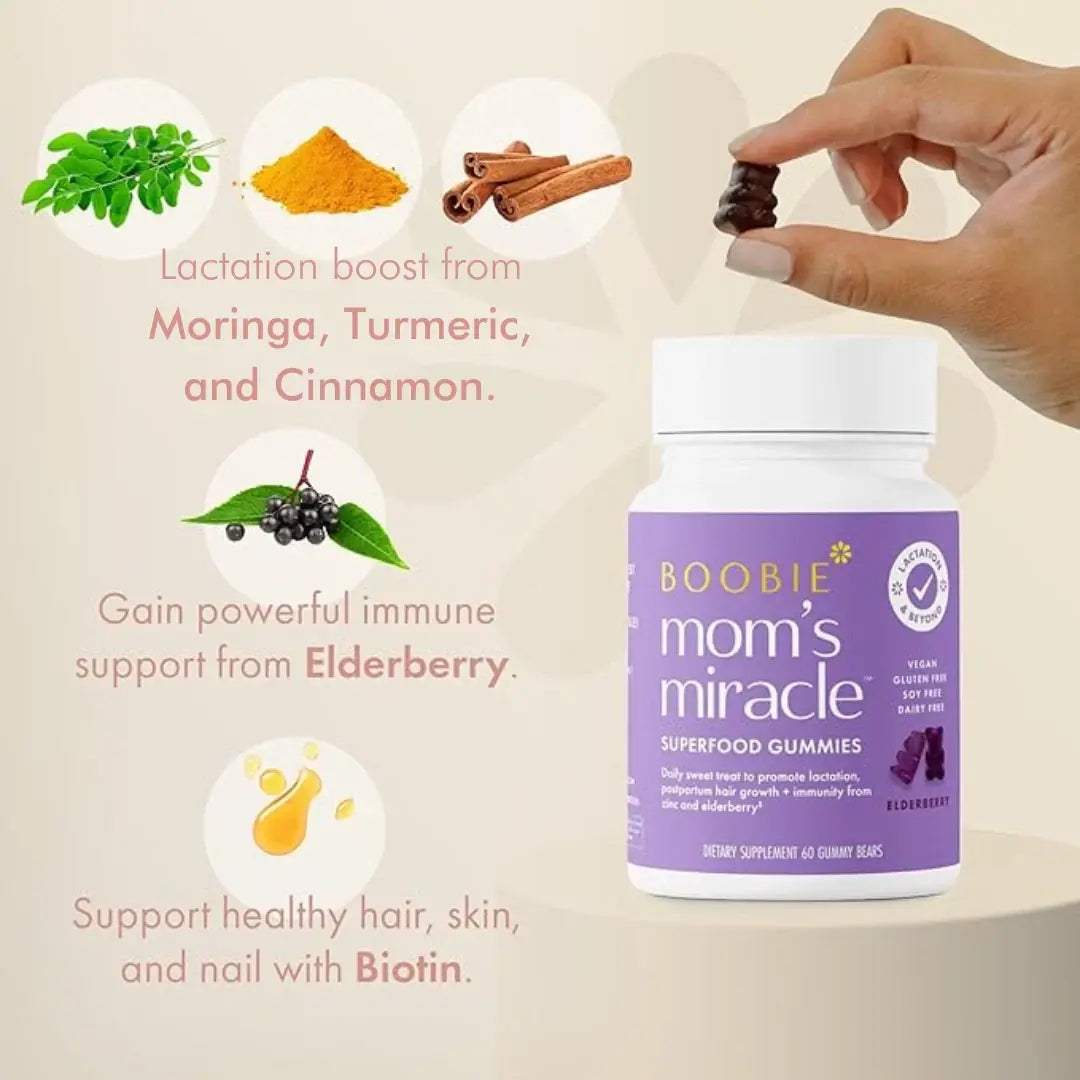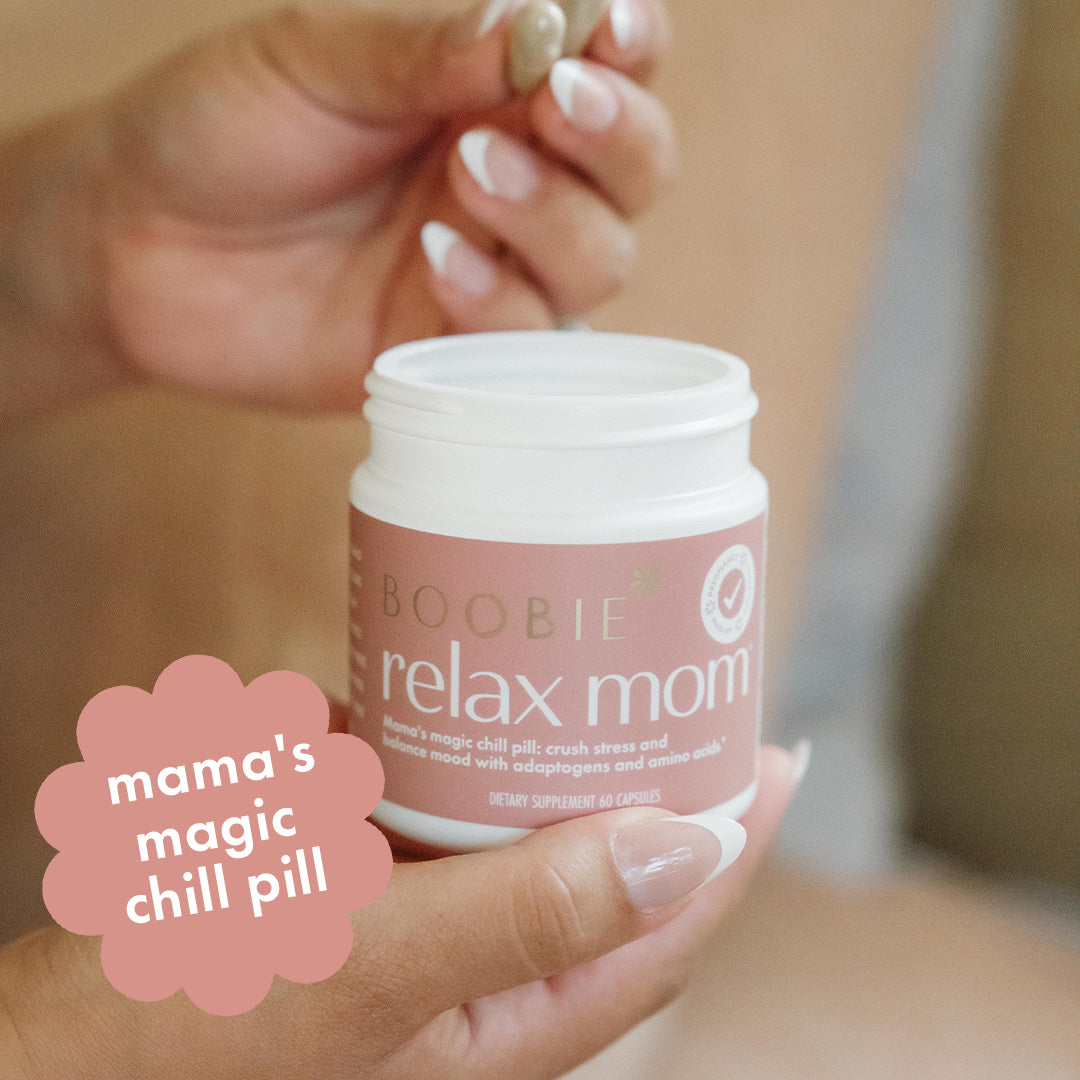Weaning is a significant milestone in your baby’s development, marking the transition from exclusive breastfeeding to a more varied diet. As an International Board Certified Lactation Consultant (IBCLC), I often get asked about the right time to wean and how to do it smoothly. I have a few key signs that your baby might be ready to wean from years of experience. If you feel ready, check out my step-by-step guide to transitioning to bottle feeding below!
Signs That Your Baby Might Be Ready to Wean
Every baby is different, but there are some common signs that may indicate your little one is ready to start weaning:
1. Increased Interest in Solid Foods
If your baby is reaching for your food, watching intently as you eat, or seems curious about what’s on your plate, they might be ready to start incorporating solids into their diet alongside breast milk or formula.
2. Longer Gaps Between Feeds
As babies grow, they often begin to need less frequent breastfeeding sessions. If your baby is naturally spacing out their feeds and seems satisfied with fewer nursing sessions, it might be time to consider weaning.
3. Drinking More from a Cup or Bottle
If your baby is happily drinking expressed milk or formula from a bottle or a cup, it could be a sign that they’re ready to transition away from the breast.
4. Teething
Teething can sometimes make breastfeeding uncomfortable for both mom and baby. If your baby is getting fussy at the breast or starting to bite, it could be a sign they’re ready to wean.
5. Decreased Interest in Breastfeeding
If your baby is nursing for shorter periods, getting easily distracted, or showing less interest in breastfeeding, it may be a sign they’re ready to start weaning.
Step-by-Step Guide to Transitioning to Bottle Feeding
Once you’ve recognized the signs that your baby is ready to wean, the next step is to plan the transition. Here’s a step-by-step guide to help make the process as smooth as possible:
1. Start Slowly
Weaning is a gradual process. Begin by replacing one breastfeeding session with a bottle feed each day. Start with a time of day when your baby is usually calm and relaxed, like mid-morning or early afternoon. Make sure you’re relaxed too, with our Relax Mom stress support capsules.
2. Choose the Right Bottle and Nipple
Babies can be particular about the type of bottle and nipple they prefer. Experiment with different options to find one that mimics the breast as closely as possible. Slow-flow nipples are often best to start with, as they prevent overwhelming your baby with too much milk at once.
3. Offer Breast Milk in the Bottle
To make the transition easier, start by offering expressed breast milk in the bottle. This way, your baby gets the familiar taste they’re used to, just in a different way.
4. Get Someone Else to Offer the Bottle
Babies often associate mom with breastfeeding, so it can be helpful to have another caregiver offer the first few bottles. This can prevent confusion and make it easier for your baby to accept the bottle.
5. Maintain Skin-to-Skin Contact
Just because you’re transitioning to bottle feeding doesn’t mean you have to lose the closeness that breastfeeding provides. Maintain skin-to-skin contact during bottle feeds to keep that bond strong.
6. Gradually Increase Bottle Feeds
Over the course of several weeks, gradually replace more breastfeeding sessions with bottle feeds. Pay attention to your baby’s cues—if they seem content and are adjusting well, continue the process.
7. Introduce Formula (If Needed)
If you’re planning to transition from breast milk to formula, start by mixing a small amount of formula with breast milk in the bottle. Gradually increase the proportion of formula over time.
8. Be Patient
Every baby adjusts to weaning at their own pace. Be patient and flexible, and remember that it’s okay to slow down the process if your baby seems resistant. Check out our Relax Mom stress capsules to help you power through #momlife.
9. Offer Comfort and Reassurance
Weaning can be an emotional time for both mom and baby. Offer extra cuddles, comfort, and reassurance during this transition to help your baby feel secure.
10. Monitor Your Baby’s Reaction
Keep an eye on how your baby is reacting to the weaning process. If they seem particularly distressed or if you notice any changes in their feeding or sleeping patterns, it may be a sign to slow down or adjust your approach.
Weaning is a natural part of your baby’s growth, but it’s important to approach it with sensitivity and care. By recognizing the signs that your baby is ready and following a gradual, thoughtful process, you can make the transition to bottle feeding as smooth as possible for both you and your little one. Remember, every baby is unique, so trust your instincts and be patient with the process.
If you have any concerns or need personalized advice, don’t hesitate to reach out to an IBCLC. We’re here to support you every step of the way on your breastfeeding and weaning journey.
